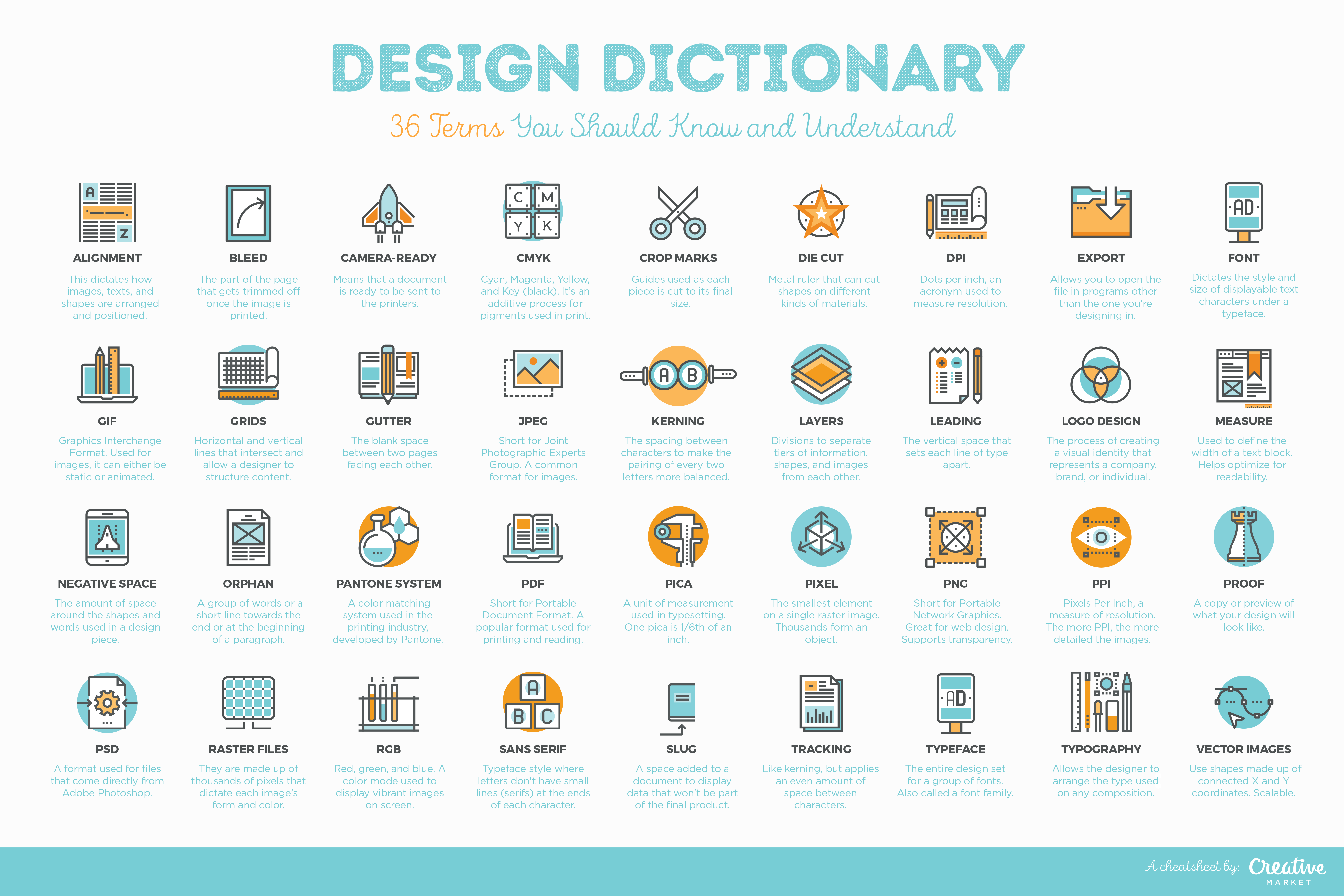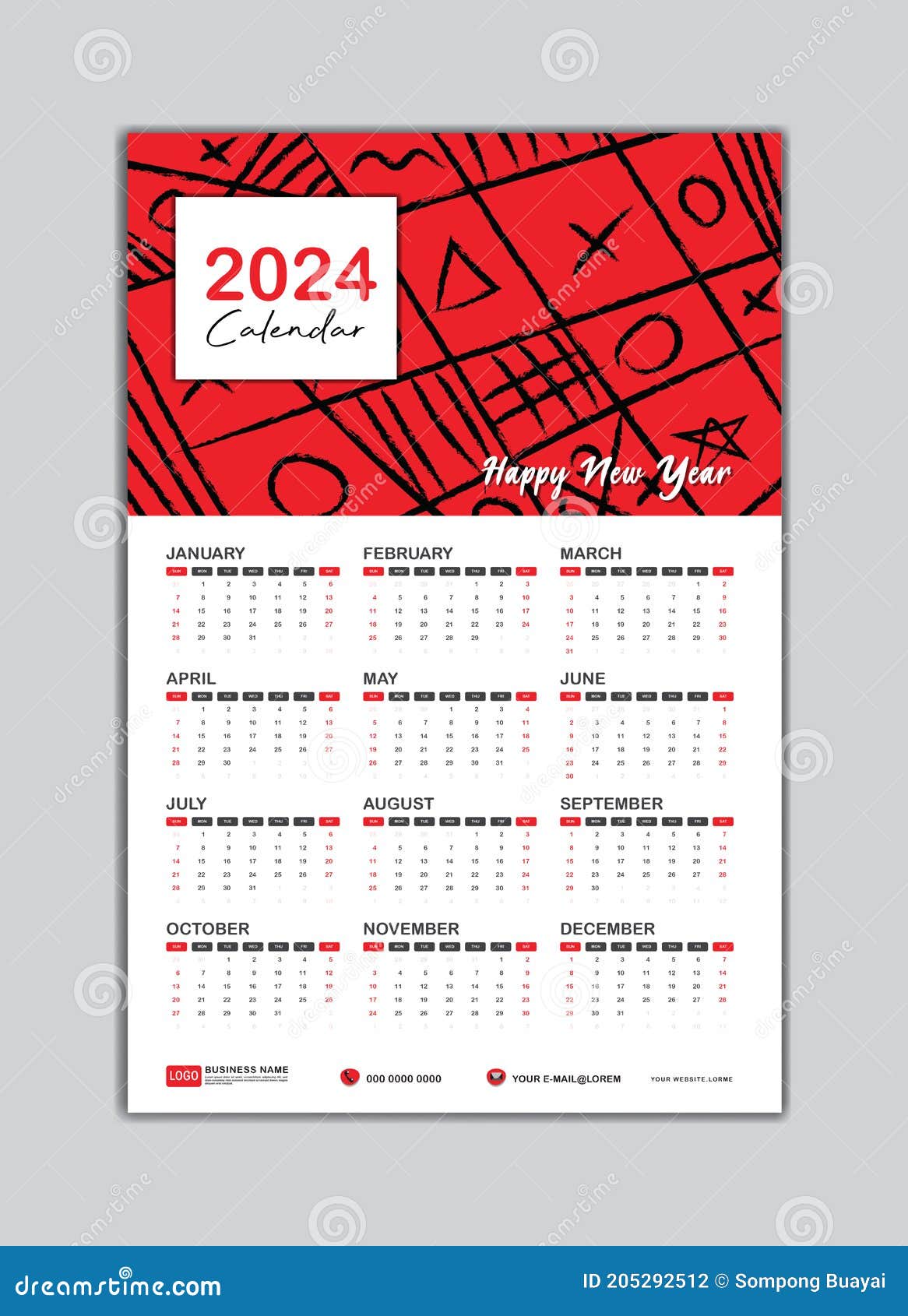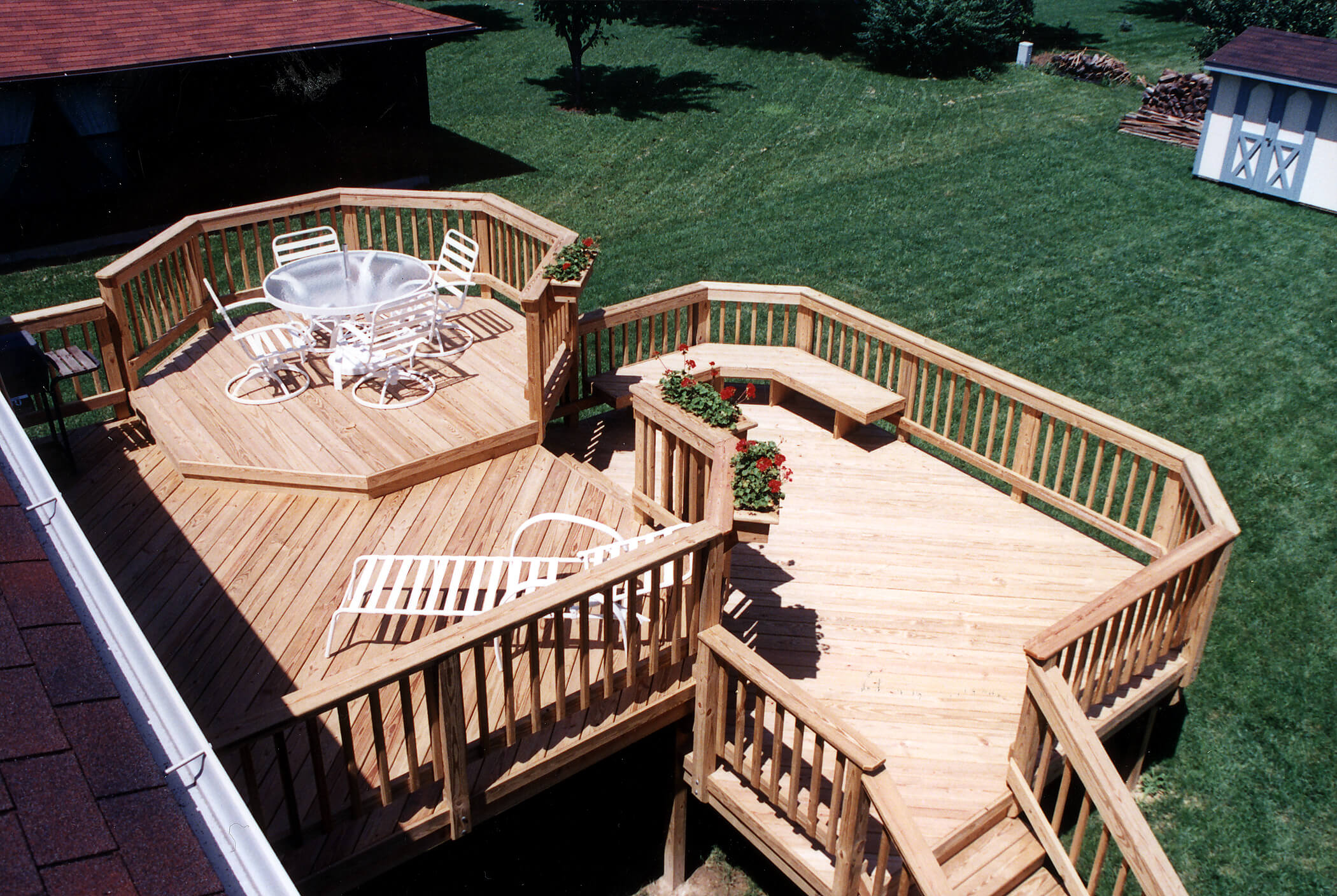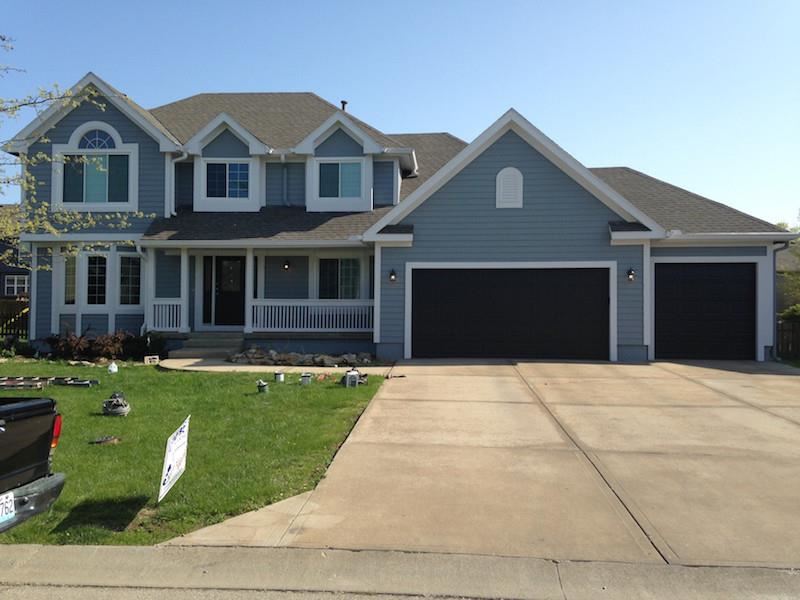
Harmony is a design principle that involves creating a sense of unity and balance in a space. In interior design, harmony can be achieved through the careful selection and arrangement of colors, textures, and patterns. Geometric patterns are patterns that are created using geometric shapes, such as squares, circles, or triangles. In interior design, geometric patterns can be used to create a sense of visual interest and to add a modern or playful element to a space. Focal points can be created through the use of artwork, furniture, lighting, or architectural features such as a fireplace or a grand staircase.

Art Deco
This can be achieved through the use of built-in bookshelves, seating areas, or storage solutions. Interior designers use several terms to describe certain types and styles of furniture. Believed to have originated in England in the 17th Century, the wingback chair is notable for its winged side pieces and high back, designed to protect the sitter from unwelcome drafts.
Prints and Patterns
Oft used décor terms in interior design vocabulary, it denotes spaces and pieces that are crafted to be enduring and in vogue for a long time. Interior design terms, like tailored, are one of the words used in interior design to describe a design style that has neat lines and an uncluttered feel. DESIGNS is the perfect solution for someone who wants the help of a professional interior designer without the hefty price tag that oftentimes comes along with one.
Explore the Written Word in This Conceptual Bookstore - Interior Design
Explore the Written Word in This Conceptual Bookstore.
Posted: Thu, 15 Feb 2024 08:00:00 GMT [source]
Related Articles
Transitional style is the bringing together of both traditional and contemporary interior design approaches and elements with the goal of creating a timeless aesthetic. A designer seeking to achieve this look might balance masculine with feminine pieces, luxury with comfort items, and antique with modern accessories. By emphasising clean lines, a neutral colour palette, and open-plan spaces, this interior design style promotes a sense of sophistication and a relaxing atmosphere. A focal point in interior design refers to a prominent design element that attracts the attention of visitors and gives a room a central focus.

They are often used by designers to give clients a clear idea of what to expect from a particular material or hue in order to help them choose the right design elements for their homes. Throw blankets are available in a variety of materials, such as wool, cotton, and faux fur, and can be customized to fit the specific design aesthetic of a space. They can be draped over a sofa or chair for added visual interest, or used as a cozy accent on a bed.
The minimalist styles asks decorators to consider consumption patterns, not remove all decor and ornamentation for the sake of an aesthetic. When you think of Bauhaus-style furniture, the first things that probably come to mind are sundry armchairs made of tubular steel and black leather. Many iconic furniture pieces from the era, like the Eames lounge chair, are still in production today through companies like Vitra and Knoll. An accent wall is a wall that is different in terms of colours or textures from the rest of the room. In such a scenario, there is no other option for homeowners except looking up the jargon on the internet.
In interior design, window treatments can be used to add color, texture, and personality to a space, as well as to provide privacy and light control. Task lighting refers to a type of lighting that is designed to provide focused and direct lighting for specific tasks, such as reading or working. In interior design, task lighting can be used to create a functional and comfortable environment in a space. A room divider is a type of furniture or design element that is used to separate different living spaces within a larger area.
#18. Crown Molding
Elevation - A drawing that shows a vertical view of a room or building, typically used to show the placement of furniture and other elements. In addition to my professional experience, I've practiced what I've learned as a design editor extensively on my own homes. I’ve broken this up as best as I could by word category, so words to describe overall decorating styles, ones used to talk about furniture, color words, etc. Feng Shui is an ancient Chinese practice that arranges spaces and objects to harmonize energy flow and enhance well-being. It uses guidelines such as the Five Elements and the Bagua map to create environments with positive energy.
This can be achieved through the use of symmetry or asymmetry, as well as through the use of color, texture, and form. In interior design, balance is essential to creating a space that is both functional and visually appealing. When using Art Deco in interior design, it is important to balance its bold aesthetic with more subtle elements to create a cohesive and harmonious space. The use of Art Deco-inspired elements such as a geometric rug or a mirrored console table can add a touch of glamour to a room without overwhelming the overall design. Area rugs can be used to add texture, color, and pattern to a space, as well as to create a sense of warmth and comfort. They can be used to anchor a seating area or dining table, or to add a pop of color to a neutral space.
Minimalism, then, isn’t just about removing all decor in favor of clean surfaces and walls, but also about leaving out expendable objects. A sofa nook, for example, can take the place of several small chairs, and a dining table can double as a workstation. In many homes, wooden beams and bricks—a helpful foundation for this look—are just waiting to be discovered, so it could be worth exploring what layers you can peel back. Opt for furniture that has some history, maybe those with small blemishes or a vintage look. Flea market finds are great for larger pieces (look for furniture made from solid wood), and precious heirlooms such as picture frames, tablecloths, and even grandma’s vase might also fit in. For a very British style, bring in a tea set, preferably with a floral pattern, or a Chesterfield sofa.
Lofts typically feature high ceilings, exposed brick or concrete walls, and open floor plans. They can be decorated in a variety of design styles, from industrial to eclectic, and can be furnished with a mix of vintage and modern furniture pieces. When designing a loft, it is important to balance the raw and unfinished elements with softer textures and materials to create a comfortable and inviting space. Grayscale can be incorporated into a space through the use of paint, wallpaper, fabrics, or accessories.
A type of flooring made from vinyl that resembles the appearance of hardwood planks. Vinyl plank flooring is durable, easy to maintain, and has various styles and finishes. A long, narrow pillow, often cylindrical, is used to provide support or decoration on beds, sofas, or other furniture.









